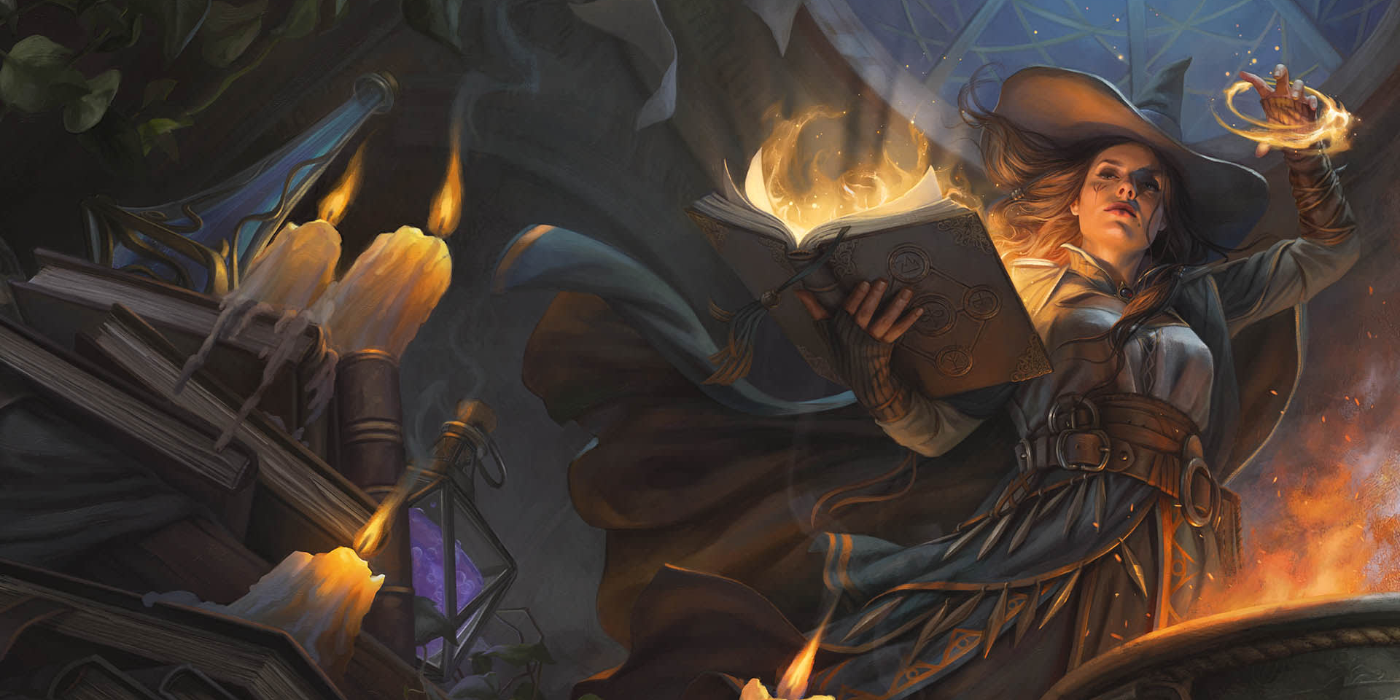Dungeons and Dragons recently announced that they would release a new core edition called One D&D. Thankfully, 5e material is fully compatible with this, and for fans who are coming in due to Honor Among Thieves and The Legend of Vox Machina, this is excellent news as they get to enjoy all of 5e’s best rulebooks.
In particular, Tasha’s Cauldron of Everything was praised for introducing a host of new subclasses that completely change up the game for newbies and veterans alike. Fighters casting spells and Artificers becoming Iron Man are only some cool stuff players can do.
Genie Warlock
.jpg)
Warlocks are often famed for making pacts with beings who wield phenomenal cosmic powers, and so, genies are a perfect fit for them. However, this isn’t the quotable Genie of Aladdin fame. These are elemental forces that would sooner turn on their owner if they aren’t careful. Genie Warlocks are of course contained in some sort of hollow vessel, which the Warlock can also enter.
In combat, the Genie’s powers are so potent that their elements are infused with the Warlock’s attacks. Eventually, these Elemental Gifts give Warlocks resistance to their patron Genie, as well as the ability to fly. The vessel eventually becomes a mobile sanctuary that counts as a short rest when used. Lastly, Genies are able to grant small wishes at no cost, 6th level spells or lower, from any spell list.
Rune Knight Fighter
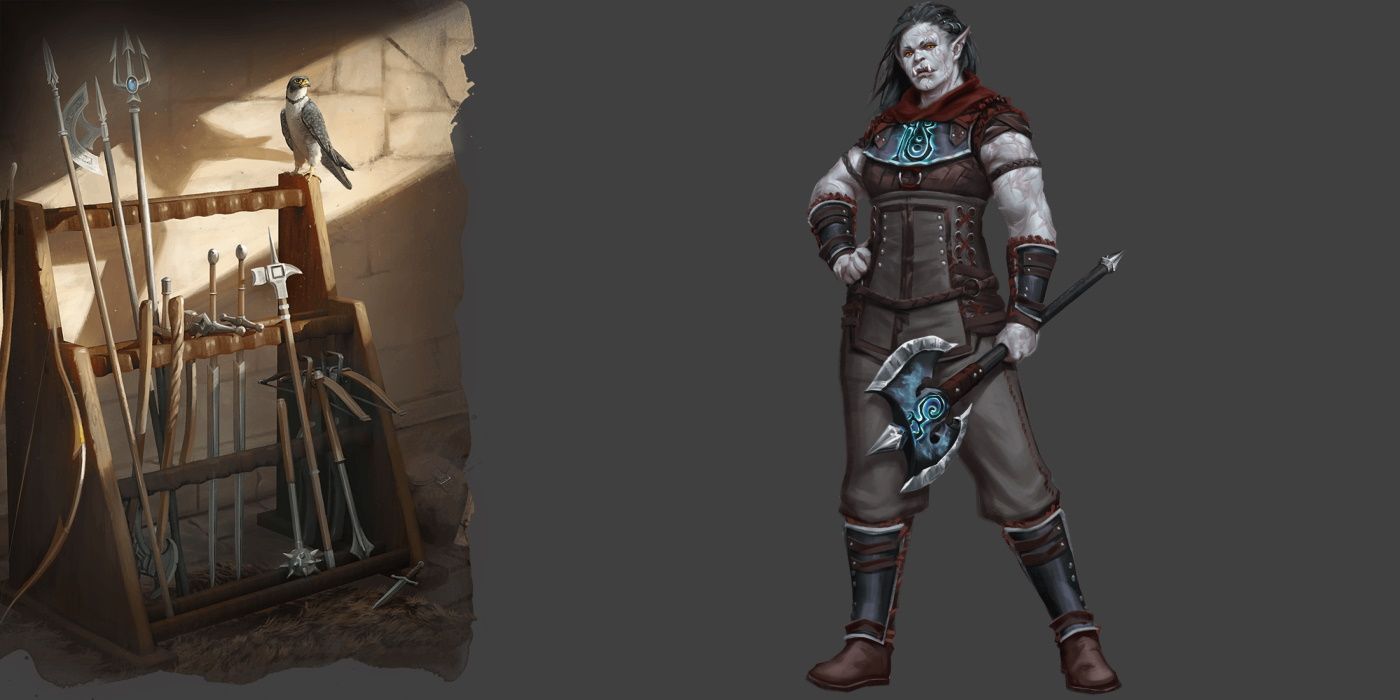
Fighters are obviously masters of martial combat, but Rune Knights mix it up by enhancing their grit with magical potency. Learning from the work of Giants, Rune Knights can enhance their gear with a variety of powerful runes, all related to the domains that giants reside in. Giant Might allows Rune Knights to channel giants’ magic to become a giant themselves, boasting strength and size.
In combat, Rune Knights are also able to protect their allies with Runic Shields. As their mastery over runes grows, so too does their physical form, quite literally becoming more giant by the day. By the time they’ve mastered runecraft, they become practically identical to the giants that taught them their ways, both in magic and massive size.
Order Domain Cleric
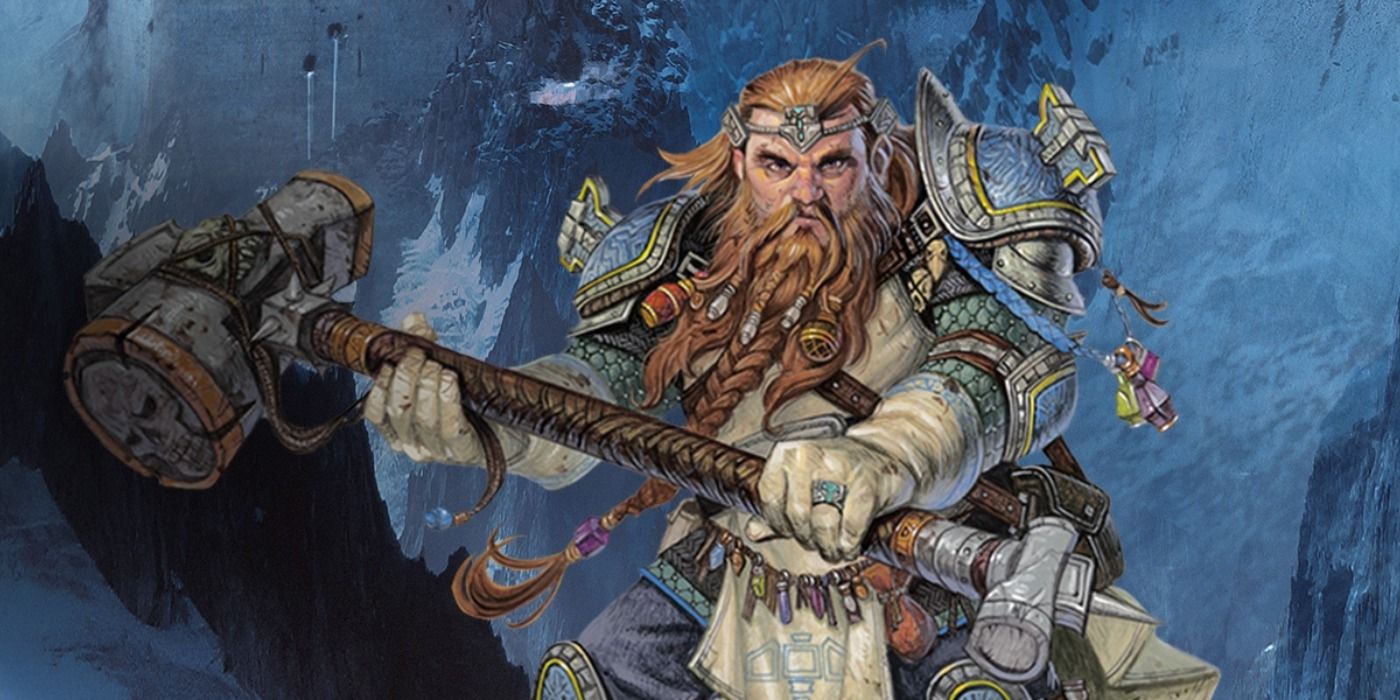
Clerics of Order embody the law of the land and its sovereignty among mortals. Without laws, there would be chaos, and these clerics work to uphold the social order, with either words or swords. Their Voice of Authority emboldens allies to attack even outside their turn because they are told to. Their Channel Divinity exerts an unshakable authority on a target creature, forcing them to obey.
As the Embodiment of the Law, they are adept at spells that compel others, turning that casting time into a bonus action instead. At the highest levels, Order’s Wrath curses those struck with Divine Strike to take severe psychic damage on the next attack against them. Judge Dredd of Image Comics would be a perfect fit for this build.
College of Creation Bard
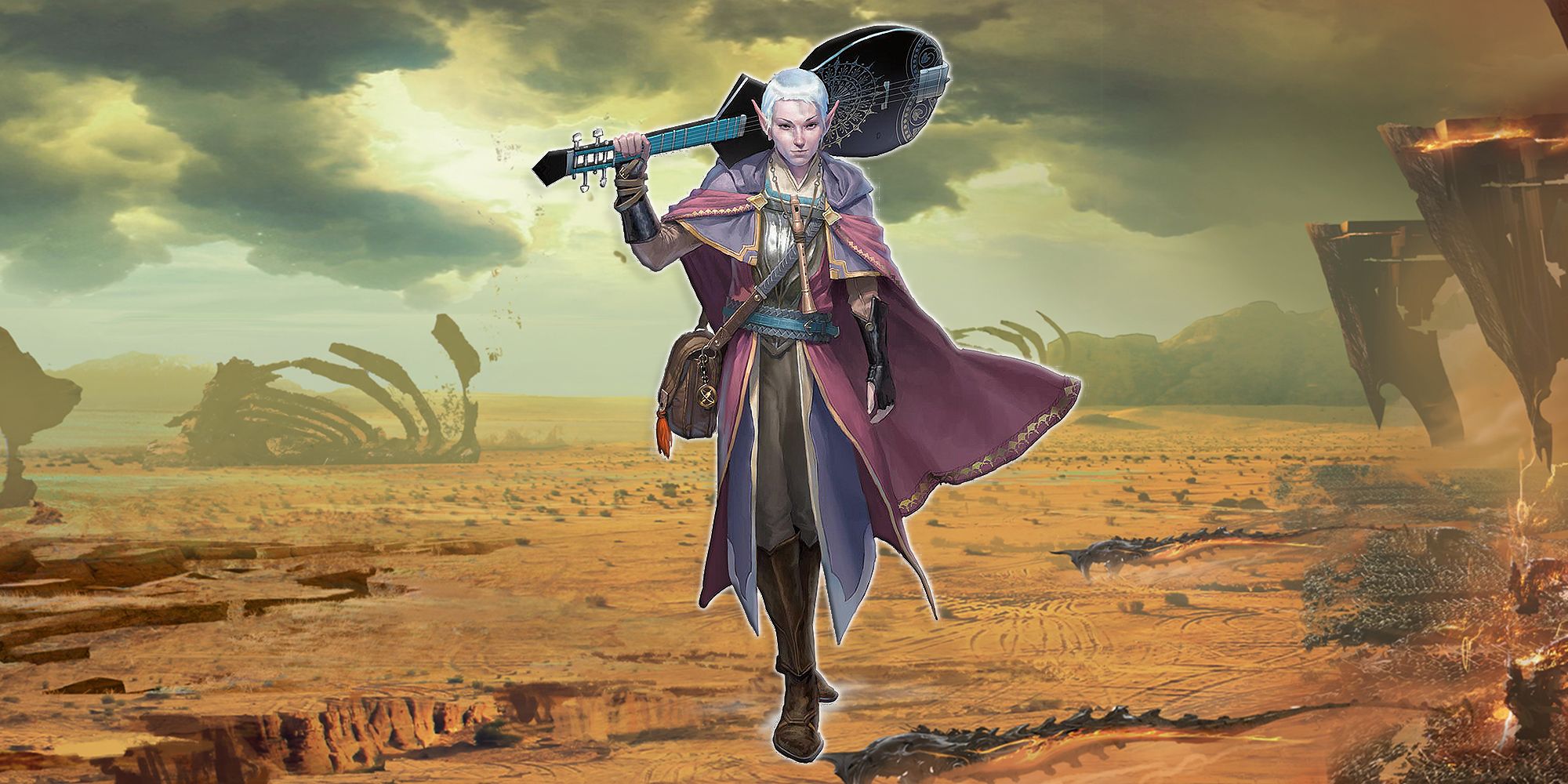
Bards are all about the pursuit of art and creativity, and the College of Creation, believe no work of art is greater than the world around them. The Song of Creation evokes the very essence of Creation itself, allowing them to inspire life in even inanimate objects. Their Notes of Potential allow allies to reach their fullest potential, be it succeeding in a game or avoiding death.
Performance of Creation lets Bards create nonmagical items at will, playing a discordant tune as it does. Animating Performance lets Bards channel their inner Fantasia by animating inanimate objects to do their bidding. As they reach the Creative Crescendo of their careers, they can now create nonmagical items of any monetary value and animate more than one object. It’s an odd yet incredibly flavorful build.
Fey Wanderer Ranger
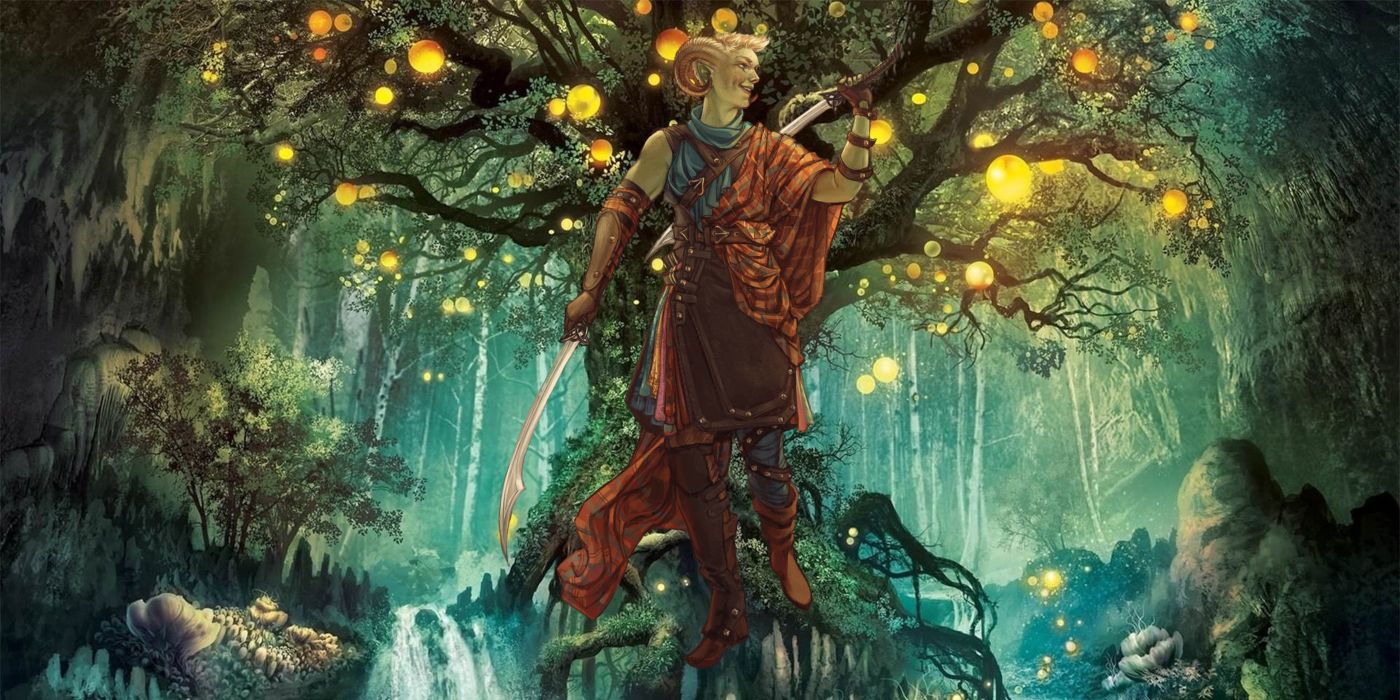
It’s quite surprising, but it wasn’t until Tasha’s that Rangers got a direct connection to the Fey. These rangers use the mysterious powers of the Feywild to bring joy to their allies, and primal horror to their foes. Their strikes are imbued with the dread of Feywild, dealing psychic damage with each attack. Their Otherworldly Glamour makes them supernaturally charming in social situations.
Sometimes, this glamour is so beguiling that it twists the minds of foes in mid-combat, while also giving the ranger resistance against invasions of the mind. Eventually, the Ranger becomes so mysterious that they can meld out of reality with Misty Step, much like the unknowable forces that they associate with. Galadriel is a great example of how Fey can be both beautiful and terrifying.
Way of Mercy Monk
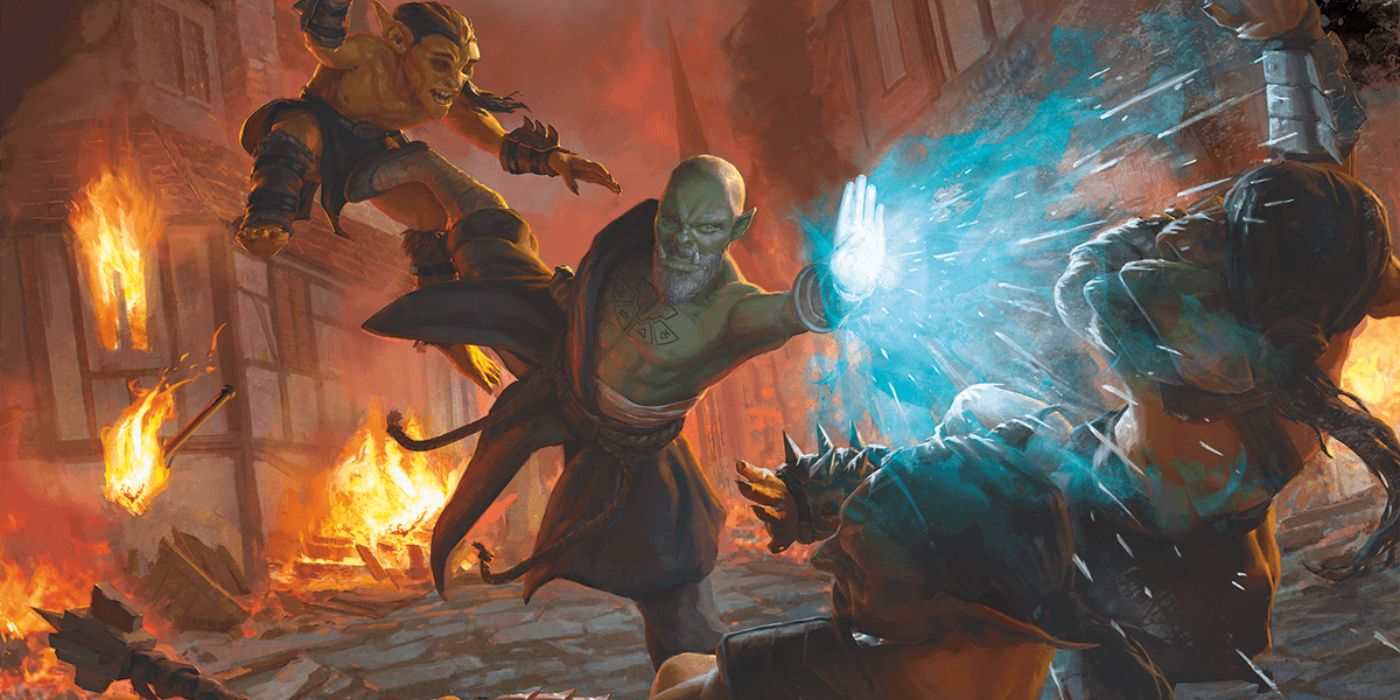
These monks dedicate their lives to aiding the downtrodden. With their ki, they heal the needy and enact swift mercy with their Hands of Healing, and swift mercy on those who are beyond help, through their Hands of Harm. They have a deep understanding of mortal anatomy, and their Physician’s Touch allows them to cure ailments such as poison or disease.
As their martial arts and understanding of ki grow, they become capable of healing allies quickly in battle using a Flurry of their Healing Hands, quite literally punching them into better shape. Lastly, the Hand of Ultimate Mercy allows a monk to bring a corpse that died within the last 24 hours back to life. Monks on this path tend to be the best representation of anime martial arts.
Bladesinger Wizard
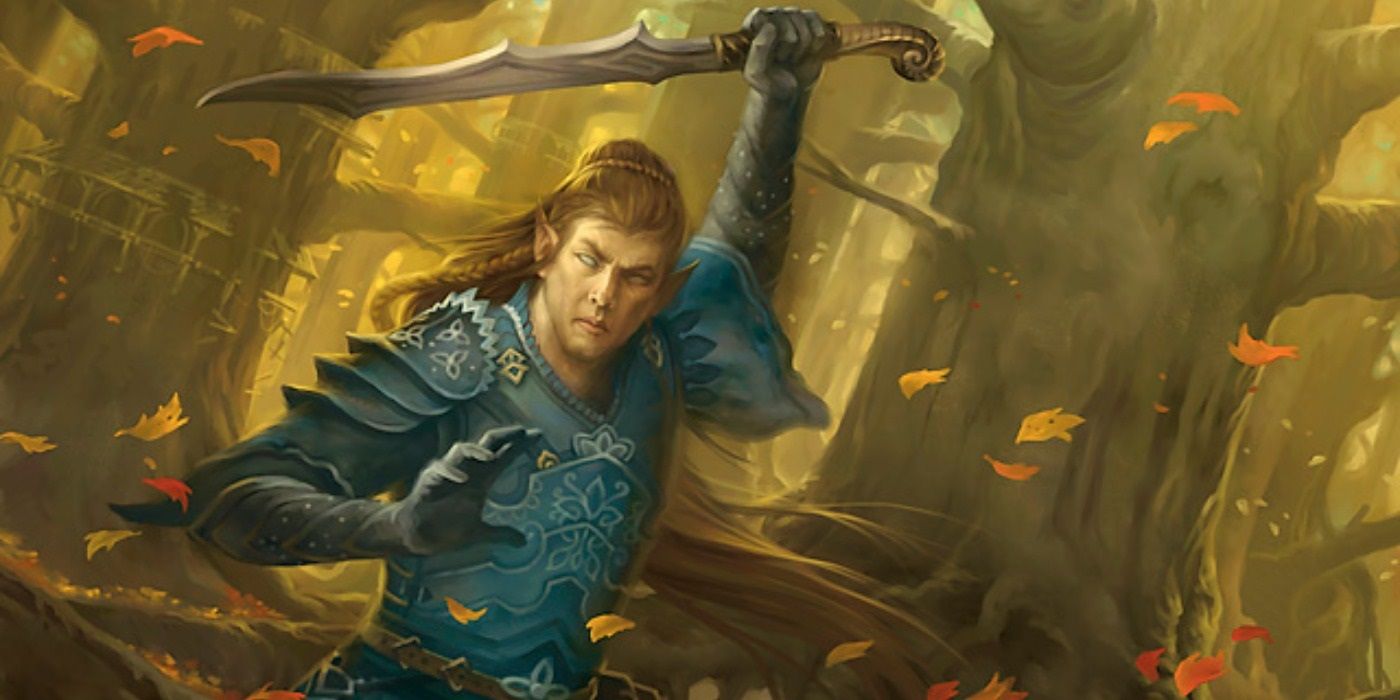
Bladesingers beautifully blends the intricacies of spellcraft and swordplay into a single art form. Their Bladesong makes them faster and harder to hit, weaving in and out of combat while maintaining concentration on spells. It also gives them an advantage on any Acrobatics checks, reflecting their elegant maneuvering through the environment.
Since they aren’t typical Wizards, they also gain Extra Attacks, further emphasizing their martial skill. Song of Defense ensures that even when they are struck, their magical shields take the brunt of the impact. Song of Victory is simple yet effective, making their attacks deal more damage while Bladesong is active. There’s no fluff with this subclass, only elegance.
Circle of Stars Druid
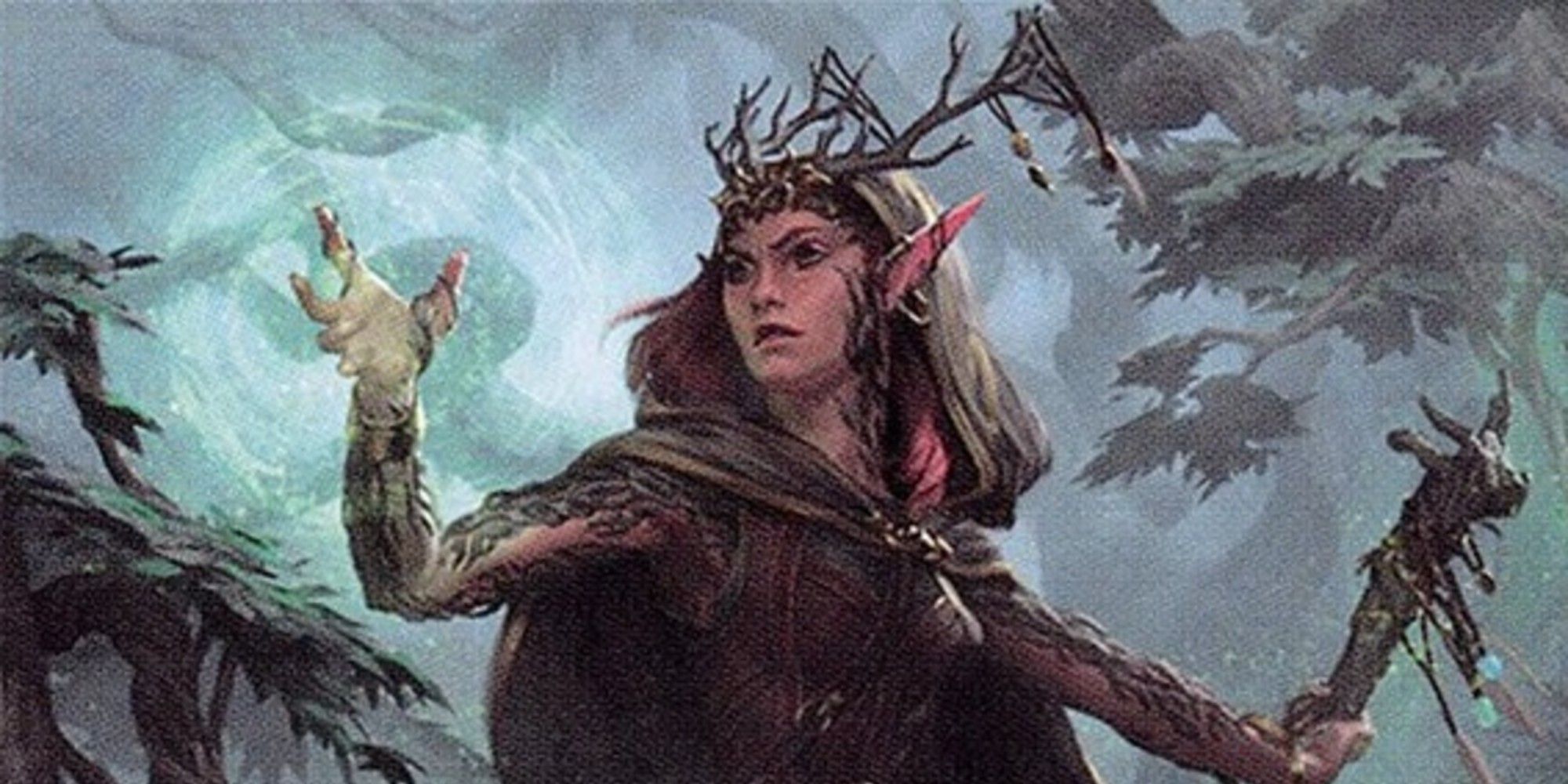
Druids are typically associated with nature, but an often overlooked aspect of their lore is their communion with the stars. The Circle of Stars gives Druids access to the powers of starlight, both in scrying and in combat. Star Map allows players to use the Guidance Cantrip and more importantly, Guidance Bolt, which uses proficiency bonus as uses instead of spell slots.
Instead of becoming a beast, Star Druids become constellations, be they celestial archers, starry chalice holders that heal, or mighty dragons. Cosmic Omen allows Druids to consult their Star Map for omens, tilting the fates to your favor. Lastly, Star Druids can become so attuned to the stars that they become the stars themselves, becoming powerful and partially incorporeal in the process.
Beast Barbarian
.png)
Barbarians are already beasts in combat, and this path only makes it as literal as possible. These Barbarians can change shape into powerful monsters, making them a living weapon of fur and muscle. Their Bestial Soul taps into the primal magic of their lineage, making their attacks count as magical as well. They also gain incredible mobility on sea, land, and even air.
The Infectious Fury of this form can also spread to targets in the vicinity, ripping apart their mind with psychic damage and forcing them to attack another creature of the Barbarian’s choosing. Lastly, the Call of the Hunt makes their bestial form so powerful that their savagery in battle inspires others as well to deal with vicious attacks on their foes. Basically, this subclass is for classic werewolf warriors.
Armorer Artificer
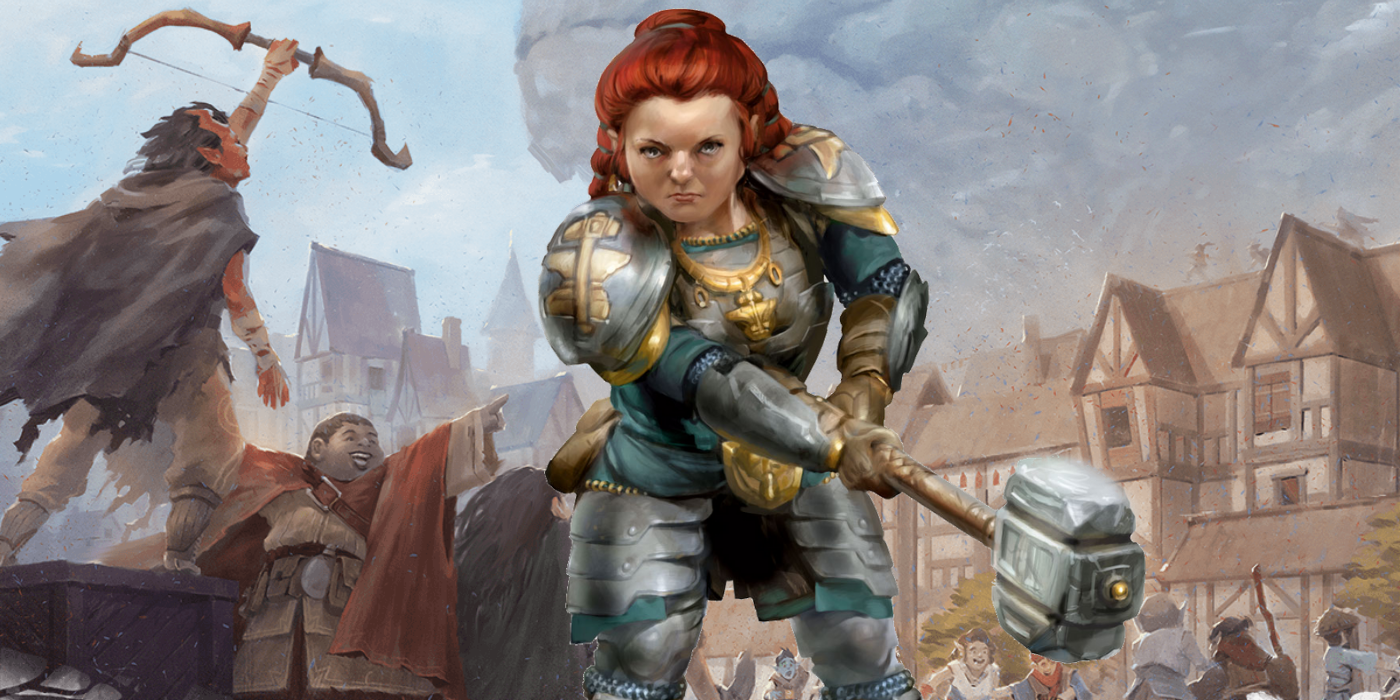
The Armorer Artificer is essentially Iron Man if he found himself in a fantasy world. These Artificers treat their armor as if it was a powerful second layer of skin. Their Arcane Armor fits perfectly to the wearer, needing no strength requirements to wear, and even replaces lost limbs while in use. The armor has two models, Guardian and Infiltrator, with vastly different functions.
Guardians are tanks, wielding their Thunder Gauntlets to smash foes into dust, and Defensive Field to withstand blows. Infiltrators let the Artificer shoot lightning from their palms, increase their mobility, and avoid easy detection. Once their armor has been perfected, the Guardian becomes capable of pulling creatures to them, and the Infiltrator becomes even harder to hit while dealing even more damage.
Source:gamerant.com
